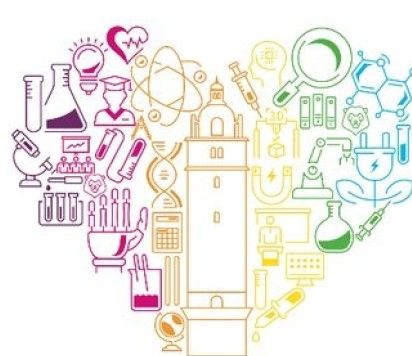Some people are attracted only to one gender – people who are straight, gay, or lesbians are monosexual.
On the other hand, bi people are attracted to more than one gender. We use bi as an umbrella term, and you may sometimes see this written as bi+. One identity that falls under the bi+ umbrella is pansexual. Pan people are attracted to all genders, or to people regardless of gender. Many people who identify as queer may also fall under the bi+ umbrella.
Here are some important concepts you need to know when it comes to being an ally to bi people:
- Biphobia: The fear or dislike of someone who identifies as bi based on prejudice or negative attitudes, beliefs or views about bi people. Biphobic bullying may be targeted at people who are, or who are perceived to be, bi.
- Bi erasure (also called bi invisibility): This is a pervasive problem where the existence or legitimacy of bisexuality is questioned or denied outright.
- Bi visibility: This is how we counteract bi erasure, by celebrating bi history and bi people.
Bi people often feel like outsiders to the "gay" community — they can struggle with feeling like they are not "gay enough" and not "straight enough", and their sexuality is invalidated by both straight people and gay people.
This is why we encourage everyone who isn’t bi, including people who are a part of the LGBTQ+ community in other ways, to be a bi ally. Bi people, including those who are in opposite-sex relationships, deserve access to LGBTQ+ spaces without feeling like they are being judged or excluded.
The suggestions below offer some practical examples of how you can be a bi ally and support our bi students and colleagues.
What you should do as an ally to bi people
Share the inclusive definition of bisexuality
In the past, bisexuality was often defined as "attraction to both men and women". However, many bi people have now adopted a more inclusive definition of bisexuality, as more people become aware of trans and non-binary identities. Bisexuality is therefore now commonly defined by bi people as "attraction to more than one gender".
Familiarise yourself with this definition, and recognise that there are there are trans and non-binary people who identify as bi. Avoid talking about bisexuality as attraction to "both" genders as there are more than two genders.
Combat bi erasure
Many assume that bi people are straight or gay depending on the gender of their partner. Avoid making such assumptions. A bi person is bi regardless of their current or past partner(s) and experience. Respect all of their relationships equally.
This also means not assuming – for example – that two women who are in a relationship with each other are both lesbians, or that a man and a woman who are in relationship with each other are both straight.
It's important to use the term "LGBTQ+" if you mean to include bi people, rather than using "gay" as an umbrella term.
Challenge biphobia
Bi people have to deal with many negative myths and stereotypes about their sexuality. They are seen as greedy or promiscuous; untrustworthy or less likely to be faithful in a relationship; confused or indecisive.
Many think of bisexuality as "just a phase" that people go through, or see it as something people to do to seem cool or trendy. Bi people are told they are "actually straight" or "really just gay" and asked to pick a side.
These comments and stereotypes are biphobic, and you should do your best to unlearn them if you find yourself thinking in these ways. If you hear anyone expressing such views, call them out.
Educate yourself about the issues that bi people face
Bi people are often told they have it easier because of their "straight passing privilege". However, this is not the case. Bi women are nearly twice as likely as straight women to suffer domestic violence, for example, and Stonewall's LGBT in Britain - Health Report shows that bi people are at greater risk of poor mental health than lesbians and gay men. These issues are the result of biphobia and bi people feeling invisible and isolated.
Educate yourself about these issues and understand why it is so important to build spaces, including LGBTQ+ spaces, that are explicitly inclusive and welcoming of bi people and that are sensitive to the unique needs that they have.
Learn more from these videos

Bisexuality: Busting the Myths
How to help bi people fight against common misconceptions
Common misconceptions about bisexuality, including among some gay men and lesbians, leave many bi people feeling misunderstood, isolated and at risk of abuse. Learn to fight against these myths with this video.

Bisexuality: Myths and Facts
Tackling the myths and sharing the facts about bisexuality
There's a lot of misinformation out there about what it means to be bisexual. In this video, Camille Beredjick clears some of it up.

Bi women share coming out stories
Bi women share stories about their lived experiences
Bi women share the first time they realised they were bi, their first time experiencing biphobia, and the first time they held hands in public with a woman.

Bisexuality: The Invisible Letter "B"
Why is bisexuality often invisible?
Visibility can break down stereotypes, eliminate shame and secrecy, and create accessible, realistic representation and role models. In this video, Misty Gedlinske shares what it's like to be invisible.
Further resources and links for you to explore
Bi organisations in the UK
You Make Imperial
Everything that makes you, you, also helps make Imperial.
Update your personal details on ICIS to help Imperial tailor its equality, diversity and inclusion activities and initiatives more effectively.
